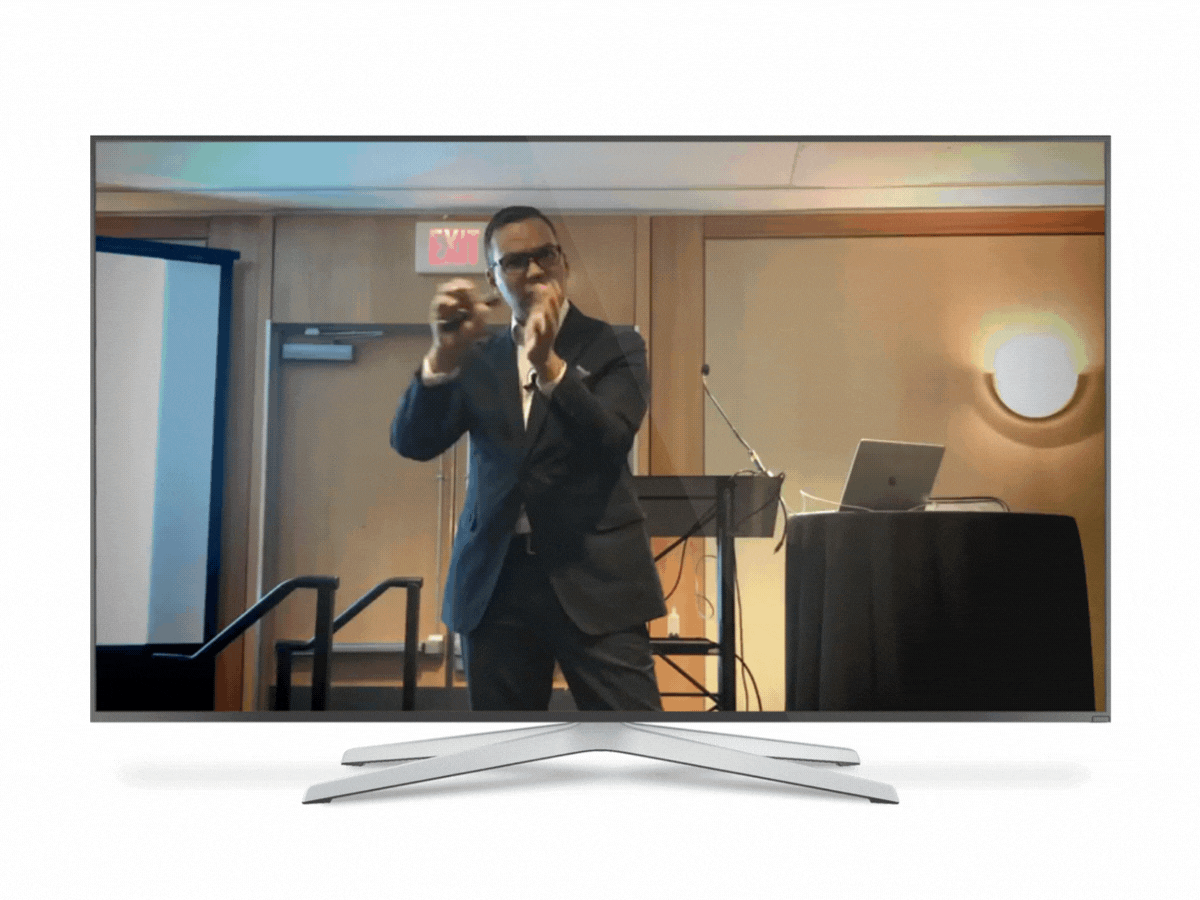Podcast: Play in new window | Download
In this episode of The Strategic Nonprofit Podcast, Tom is joined by Brenda Southam, the Executive Director of Realestate Institute of British Columbia (REIBC), to discuss what good NPO governance looks like.
Also read:
- Beyond Carver: The Complementary Model of Board Governance
- Comparing 3 Nonprofit Board Governance Models – Traditional, Carver, and Complementary
- The Role of Nonprofit Governance Committees
Processing New Board Members|Good NPO Governance
Board manuals should be given to every board member at their first meeting and then need to be tasked with understanding and absorbing all policies and previous minutes; all new members must understand what’s going on. An employee’s first year on the board will always be challenging, so it allows them to contact other board members if they need more clarification about what’s going on and what’s happening.
Evaluating Your Board & Members |Good NPO Governance
In a Board Evaluation, you aim to evaluate what’s happening on the board agenda and what shouldn’t be. As Brenda explains, “We talk about if everyone was involved. Was everyone talking around the table? Or was it just being run by two people?”. It’s all about ensuring your mission, vision, and employees are aligned while also providing other crucial aspects are met. Considerations such as, “Did we keep things in line with our membership?” and “Are we making sure that we’re talking to all of the different groups that we have?”
So that’s an overall board assessment, but each board member does it. So each board member answers the questionnaire. How are we doing as a board? And then, employees have a self-assessment; however, these remain private to the employee.
A Self-Assessment, however, is up to the employee to complete. Although, you should aim to encourage a twice-yearly reminder to ask, “Have you looked at your self-assessment lately? Just making sure you’re taking a look at it and seeing how you’re doing.”
Need a template to evaluate the performance of your board?
Download your FREE Board Performance Evaluation form
The Complementary Model of Board Governance
For years, there were only two distinct governance models for the not for profit community—either the Traditional Model or the Carver Model. However, Ten principles underline the Complementary Model. Some of them are unique to the Model; others are common to the Carver and Traditional governance models. Nonetheless, in combination, the ten create a governance and management environment that many not for profits will find highly effective, successful, and rewarding.
Download your FREE guide to the 10 Principles of The Complementary Model of Board Governance
Need help increasing your nonprofit’s effectiveness?
An efficient board starts with the implementation of an effective governance model.
AMC’s governance training helps nonprofit boards navigate governance and management to stay focused on their organization’s mission and visions. It includes valuable tools and clear guidance to address many not-for-profit organizations’ governance challenges.
Join NPO Academy’s Online Board Governance Training and implement the Complementary Model of Board Governance to build an effective partnership between the volunteer board, CEO and staff.



